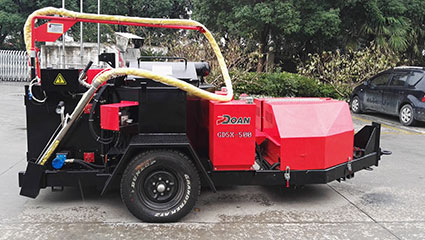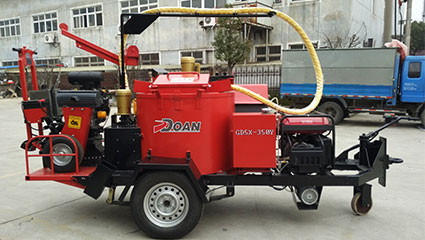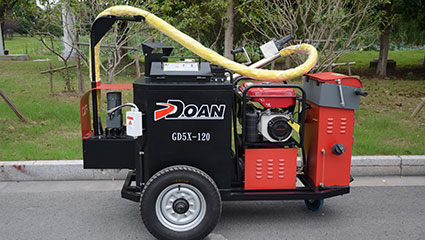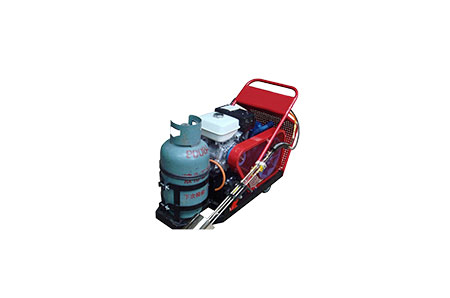Asphalt pavement is a mixture of rock and sand held together by liquid asphalt cement. Liquid asphalt is a product of crude oil refining. It is heated and combined with the aggregate at a temperature of over 300 degrees. It is placed and compacted while hot and, when cooled, a flexible (spring-like) pavement results. Asphalt will bend with traffic loads and with expansive soils. If these factors are greater than the pavement is designed to withstand, it may crack or break instead of returning to its original shape. This kind of damage is commonly seen at dumpster loading areas and in parking stalls.
Cracking in asphalt generally occurs as it ages. Exposure to the sun evaporates the light volatiles from the liquid asphalt that binds the aggregate together. This causes shrinking and eventually the asphalt pulls apart at a weak point. Control joints are not used in asphalt to guide this cracking as they are in concrete.
Heavy loads are another cause of cracking in asphalt. They can compress the asphalt beyond its design, breaking the bond, and leaving cracks.







